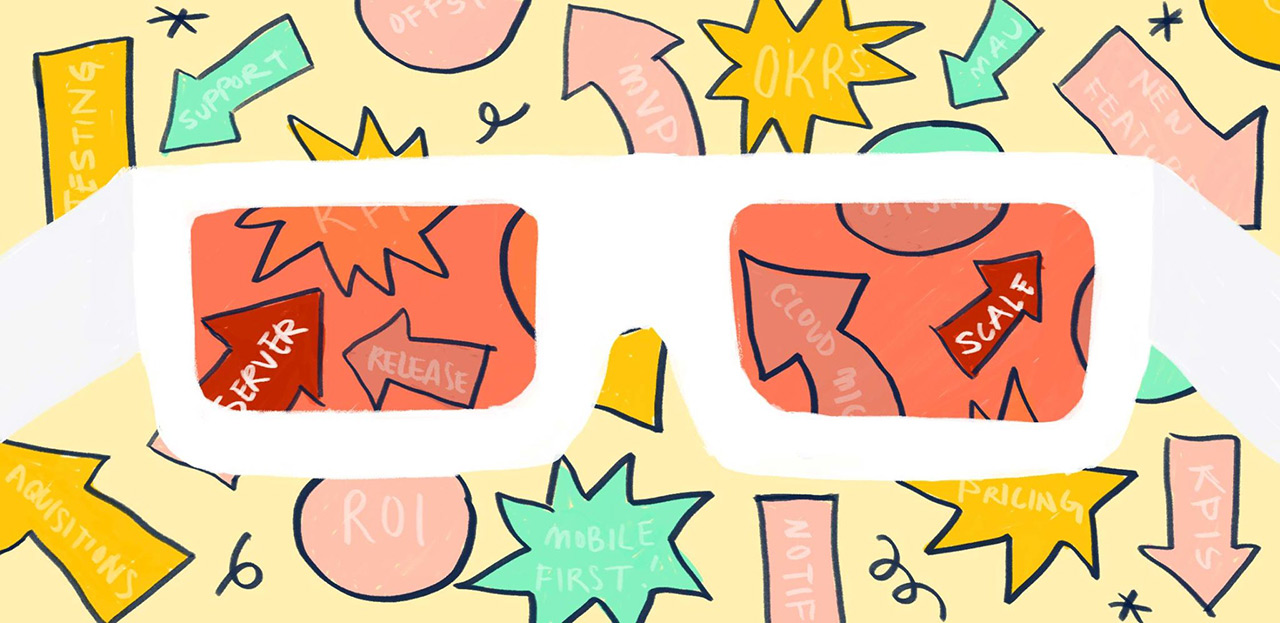Whether it is about making a new purchase, setting a new sail in life, or making a decision, we all tend to rely too much on our intuition. Suppose you are interviewing a candidate for your office. By far, he is the best candidate, and the way he answered every question was impeccable. He has unerring social skills, however, you have a sinking feeling about something you can’t pin down. It is just a feeling, so how do you decide to hire him?
Do you go with your intuitions like many others and usher him to the gate? Or do you go against your instincts and welcome him to the office instead? When research was conducted, many executives answered this question by going with their instincts. We are all too afraid to put our instincts to the test, to see if going against our intuitions can take us in a different direction for good.
You may recall many meetings, discussions, and plan iterations if you’ve ever been part of a strategic planning process. Despite the fact that the procedure is pretty uniform, it frequently wastes hundreds of hours of valuable leadership time. Despite their investment and good intentions, most executives would concede that the final approach fails to have even a fraction of the impact predicted.
Behavioral science examines why people think and act the way they do using ideas from a variety of social studies, including psychology, sociology, and economics. If we can identify what frequently goes wrong in the strategic planning process, we can substantially enhance the progress and outcomes. Fortunately, researchers have looked at this thoroughly.
Integrating behavioral science expertise into the strategic planning process might help us avoid numerous common biases that can sabotage the process. This can increase the pace, quality, and results of decisions.
What Is Bias?
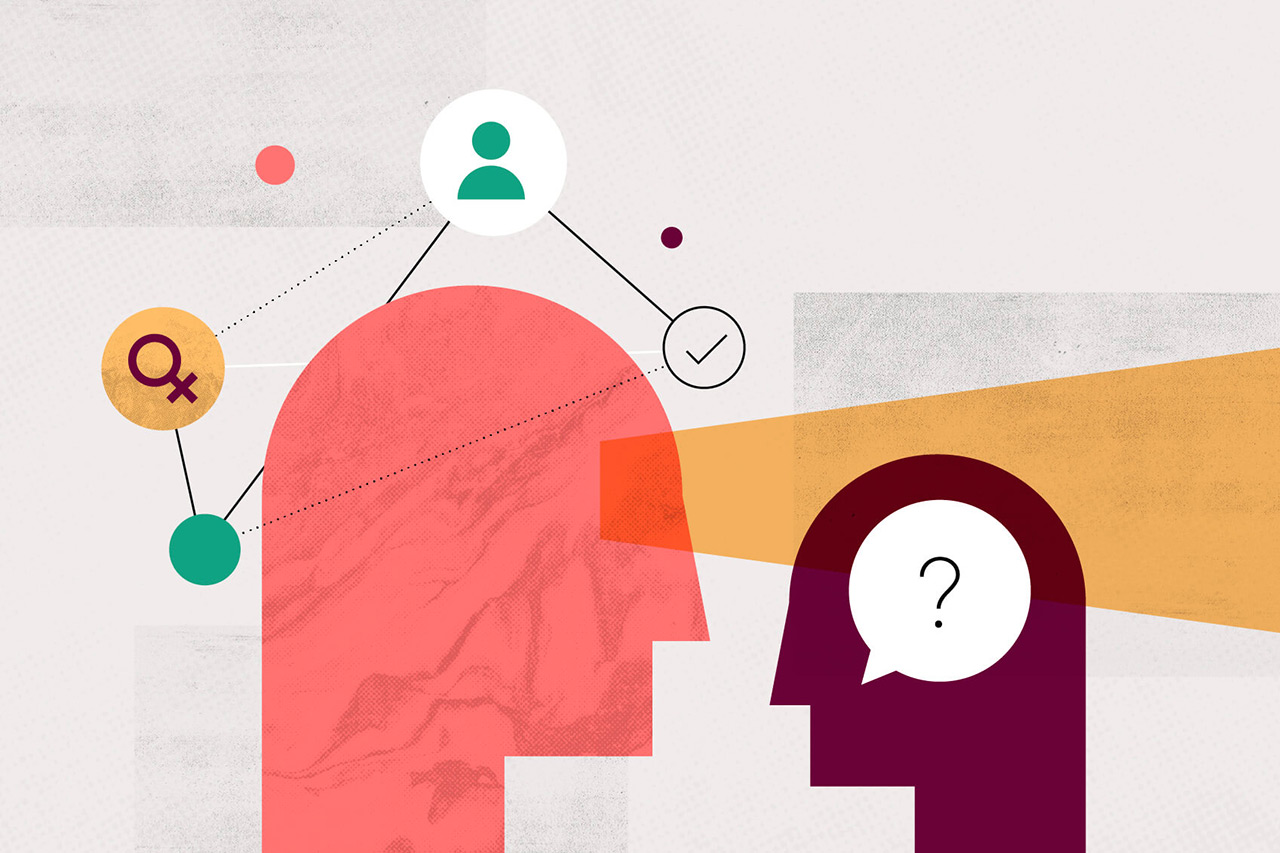
Bias affects all of us as humans. The term simply refers to how the way information is presented to us and the context in which it is delivered influences our judgement. While context and prejudice might aid decision-making, if we aren’t conscious of how we are being impacted, they can also lead to poor conclusions.
Firms must be deliberate in their efforts to eliminate the impact of harmful prejudices, especially because these are not the biases of “others,” but rather the biases of their own leaders. It’s never easy to acknowledge and overcome your own biases.
The Correlation Between The Brain and Biases

The brain is undoubtedly a very powerful organ. It performs 1,016 tasks per second while also making hundreds of decisions every day, ranging from where to eat lunch to when to launch a new product. Despite its immense strength, the brain is awfully lazy. When the brain is overloaded with information or inspiration, it constructs shortcuts to make quick decisions. These shortcuts create unconscious biases, making it easier for your brain to categorize data and make hasty decisions over and over.
As it is a far-fetched thought to us, Harvard Implicit Association Test (IAT) and MRI imaging revealed that “decision-making naturally activates particular brain areas that handle unconscious processing.” The emotional component of the brain (the amygdala), that responds to fear, is one of them. The test revealed that when the brain responds to perceived dangers by creating bias as a survival mechanism, the amygdala activity increases.
Bottom line: When you encounter experiences or information that contradicts your beliefs, your brain will instantly develop biased shortcuts.
Furthermore, your cognitive processes influence how the brain generates biases. Daniel Kahneman proposes two basic ways the brain creates thoughts and eventually makes decisions in his book “Thinking, Fast and Slow.”
- System 1: The method that is automatic, frequent, emotional, and subconscious.
- System 2: The method that is slow, rational, calculated, and deliberate.
It’s risky to rely too much on System 1 thinking—automatic judgments based on connections stored in memory—rather than logically going through the existing information. System 1 is undeniably important for survival. It is what causes you to swerve to escape a tragedy. However, as psychologist Daniel Kahneman has demonstrated, it’s also a prevalent source of bias that can lead to poor decision-making because our instincts frequently lead us astray. Other sources of prejudice include faulty System 2 reasoning, or deliberate reasoning gone wrong. People with cognitive limits or laziness, for example, may fixate on the incorrect things or neglect to seek out crucial information.
What Are The Different Brain Biases Or Shortcuts?
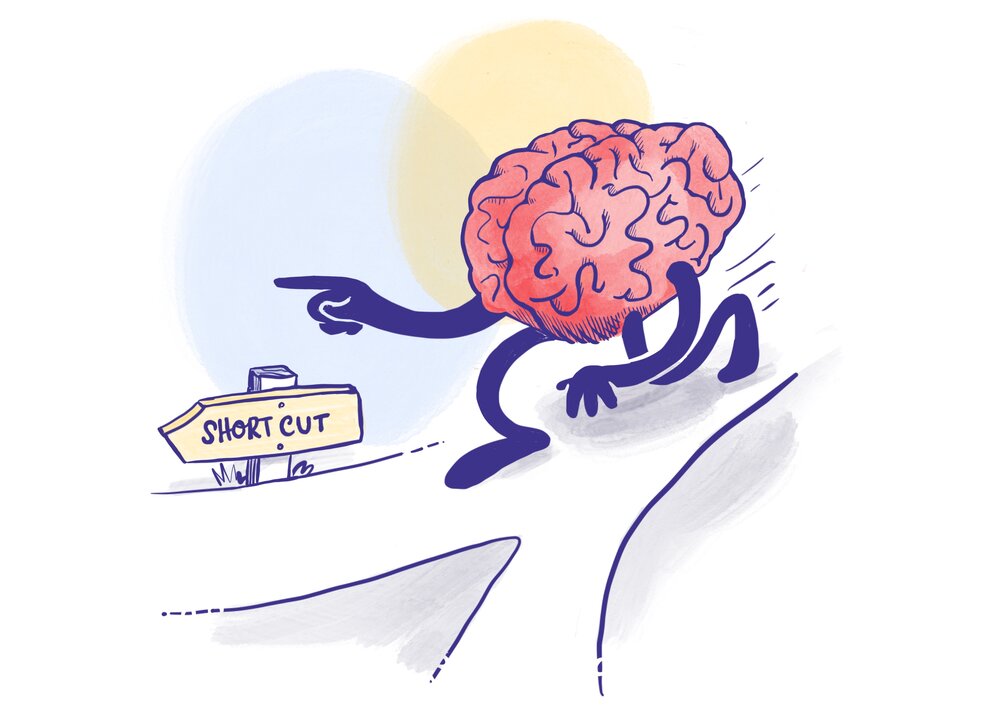
You make a lot of decisions throughout the day, from cooking to picking which new project to take on at work. Some of these choices are so instinctive that you don’t even consider them and the decisions you do consider (and spend hours researching) might not be as impartial or sensible as you believe. Instead, you’re blissfully unaware of biases that influence your decision-making and significantly impact the outcomes of those decisions.
Biases, more precisely cognitive biases, are your unrestrained proclivity to make erroneous decisions or acts. Psychologists first proposed this concept in the early 1970s, and their findings were published in 1982 in the book “Judgment Under Uncertainty.” They discovered that rather than making decisions based on facts and data, you are more likely to make decisions based on unconscious errors that lead to a distorted perception of reality. Your relationships, job, and worldview are all affected by these biases.
Here are some of the most frequent cognitive biases, as well as some tips on how to avoid them the next time you have to make a big decision.
Self-Serving Bias
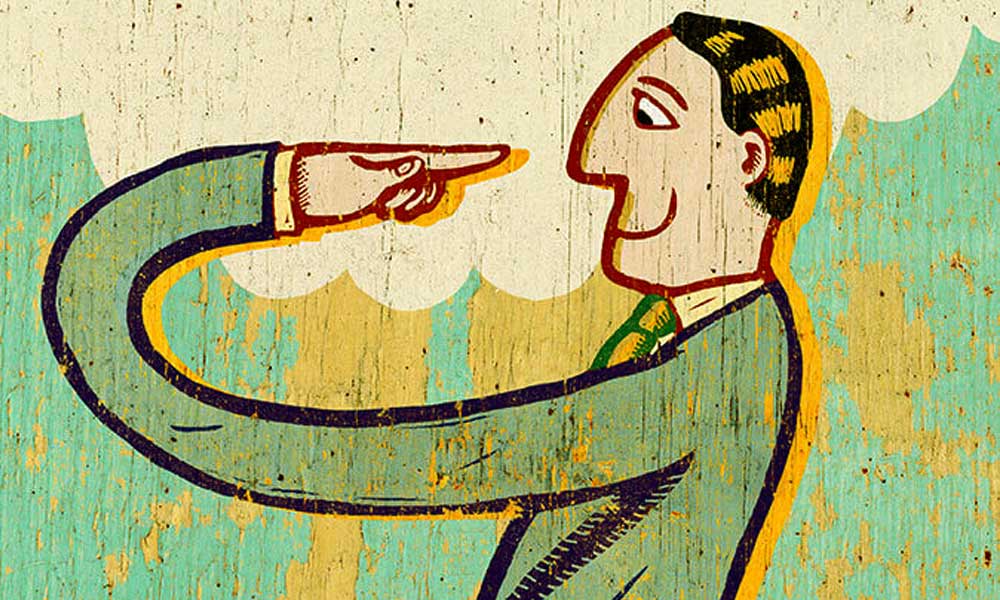
You devote a significant amount of time and effort to achieving success in your career, education, and relationships. You want full ownership of any accomplishment related to these efforts because you devote so much time to them. When it comes to failures, though, you turn around and flee as quickly as possible.
Self-serving bias leads to you claiming your triumphs while ignoring your setbacks. This means that you take credit when something wonderful happens, but you blame external forces when something negative happens.
Consider a time when you got an appreciation for your efforts in a project. You probably credited your accomplishment to the late working nights. In the opposite scenario, when you were not able to deliver the efforts required, you most likely put an external cause for your failure, such as workload on you or multitasking is not your cup of tea.
When you hear critical comments at work, you may experience self-serving bias. When your manager or team member gives you feedback or constructive criticism, you may defend yourself instead of keeping an open mind. You won’t be able to adjust your course and develop in the future if you can’t acknowledge your faults and flaws.
Survivorship Bias
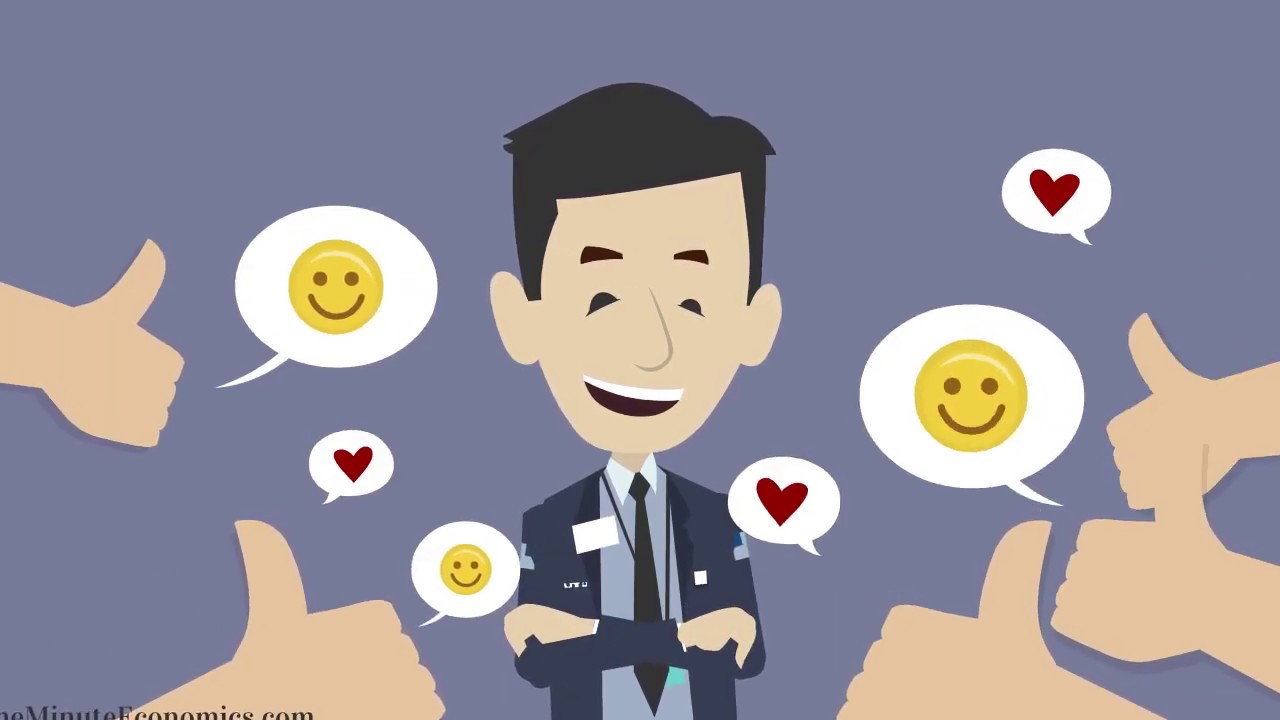
Survivors, like Destiny’s Child, are frequently idealized in popular culture. “Thought leaders,” “pioneers,” and “innovators” are all terms used to describe them. These are people who work hard, spend an accomplished life, and are admired and famous.
What about the people who lost or failed to achieve, though? In his article regarding survival bias, David McRaney, author of “You Are Not So Smart,” notes that “after every process that leaves behind survivors, the non-survivors are generally destroyed, silenced, or removed from your sight.” If failures are rendered invisible, you will naturally pay more attention to successes.” Do you recall who lost a championship game or won a silver medal at the Olympics?
When you focus on success, you develop survivorship bias, which leads you to believe that something is simple since you only hear success stories. You’re missing out on a plethora of information available in failures if you simply focus on success. Failures can teach a variety of lessons and provide significant insight into future improvements.
Confirmation Bias
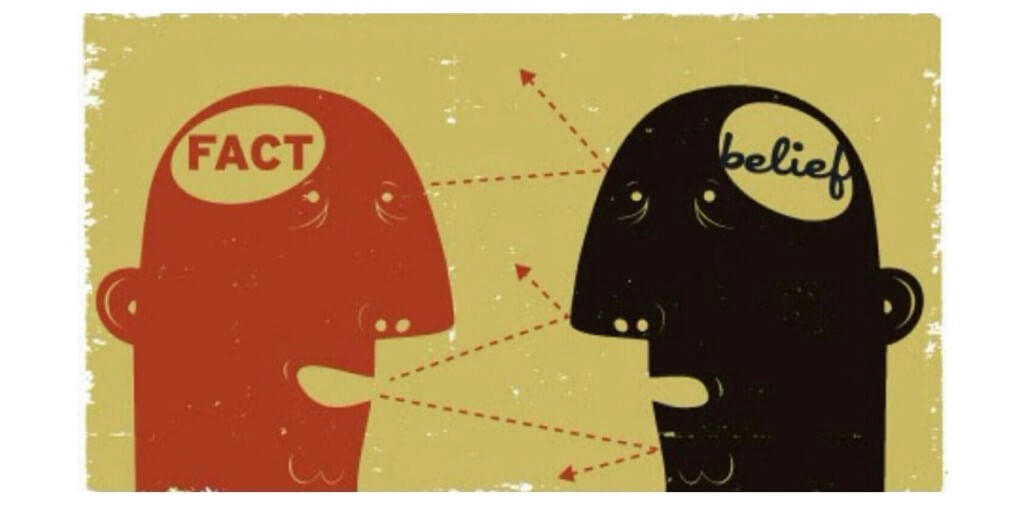
One of the most typical mindsets that creep into work and everyday decision-making is confirmation bias. For instance, you’ve been given a major market research project to evaluate which industry the company should enter in the coming year. You believe it should be fitness, but evidence and studies contradict you. Instead of accepting facts that contradict your beliefs, you can start looking for sources and information or even conduct your tests, to establish that your preconception is correct and the best action plan for your company.
Even Warren Buffett acknowledges his confirmation bias and actively seeks out facts that contradict his ideas. Buffett invited hedge fund trader Doug Kass to a Berkshire Hathaway meeting to give his opposing views on Buffett’s investment strategy to avoid confirmation bias.
If that’s not enough to convince you to challenge your confirmation bias, consider Albert Einstein’s advice: “If the facts don’t fit the theory, throw out the facts.”
Anchoring Bias
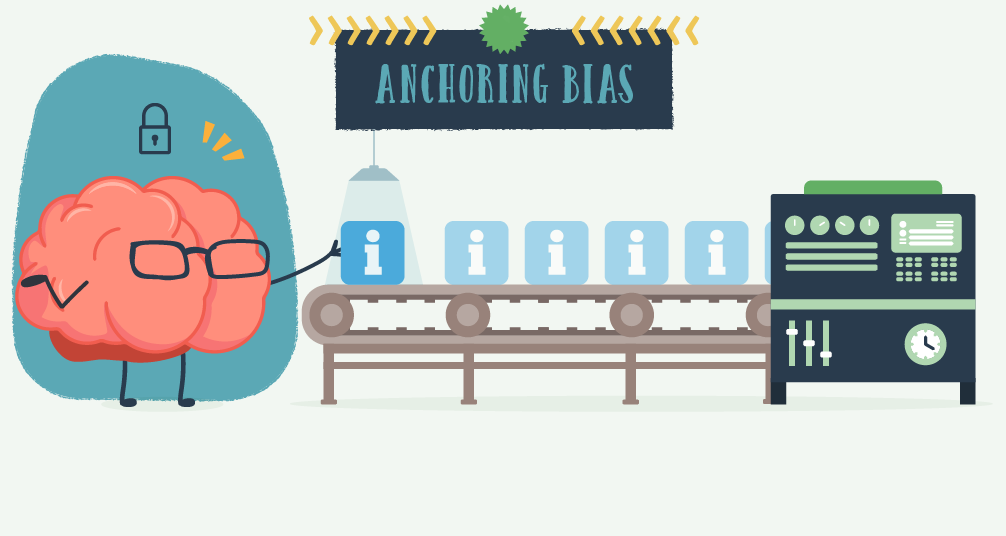
When making judgments, anchoring bias is the propensity to focus strongly on one piece of information (typically the first thing you hear). When negotiating your salary, it pays to be the first to provide a wide range rather than a firm amount. In each person’s mind, the first offer will determine the possibilities. So, if you let your boss offer you a $5,000 per year raise first, and you were expecting $10,000 more, changing their mind during the bargaining process may be more difficult. In this case, your manager is using the $5,000 amount as a reference point, therefore doubling it can be considered excessive.
Bandwagon Bias

Hold on to your hat and be ready for a smooth journey. When you embrace a belief just because more people hold it, this is known as bandwagon bias. This bias can lead to groupthink, which occurs when members of a group over-conform to a leader.
When the team members are uncomfortable disputing collective consensus or are unaware of their level of adherence to the group’s opinions, then many work meetings become ineffective owing to bandwagon bias and groupthink.
When the entire team agrees, a status quo is established that is tough to change. Instead, you’ll hear excuses like “This is how we’ve always done it,” which can be damaging to the team’s and organization’s overall success. Finally, if no one feels comfortable sharing alternate ideas and opinions, the bandwagon bias can stifle creativity and innovation in your company.
Planning Fallacy
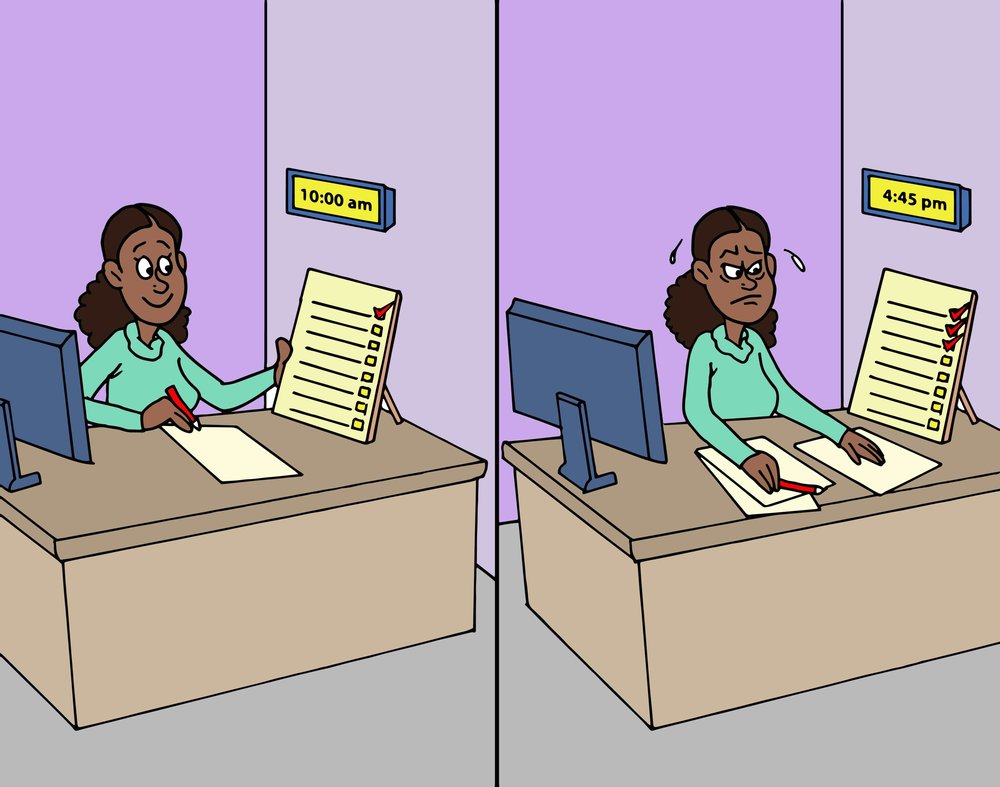
The planning fallacy tends to underestimate the time required to execute tasks. Furthermore, rather than accepting responsibility for your actions, you blame external causes such as missed start dates or sick days.
As a project manager, for example, you are adept at determining project timetables, as well as the number of activities and durations required for each task to fulfill a deadline. Even if you think through each step, you can underestimate how long each activity will take and neglect to bake in time for unexpected snafus that could cause the project to be delayed. The planning fallacy is actively working against your success.
Bias Blind Spot

This is when you fail to understand how bias affects your judgment. Emily Pronin, a social psychologist at Princeton University, and her colleagues Daniel Lin and Lee Ross coined the term. They polled over 600 persons in the United States and found that 85% of them thought they were less biased than the average American. Only one person thought they were more biased than the average American. Furthermore, the majority of these people were better at detecting cognitive biases in others than in themselves.
Daniel Kahneman quotes, “We are blind to our blindness. We hardly have any idea of how little we know. We are not designed to know how little we know.” Even though significant studies and statistics show the reality of our cognitive biases, many of us disagree and even dismiss the consequences of prejudice in our lives, even when we are completely aware of it.
How To Keep The Biases In Check?
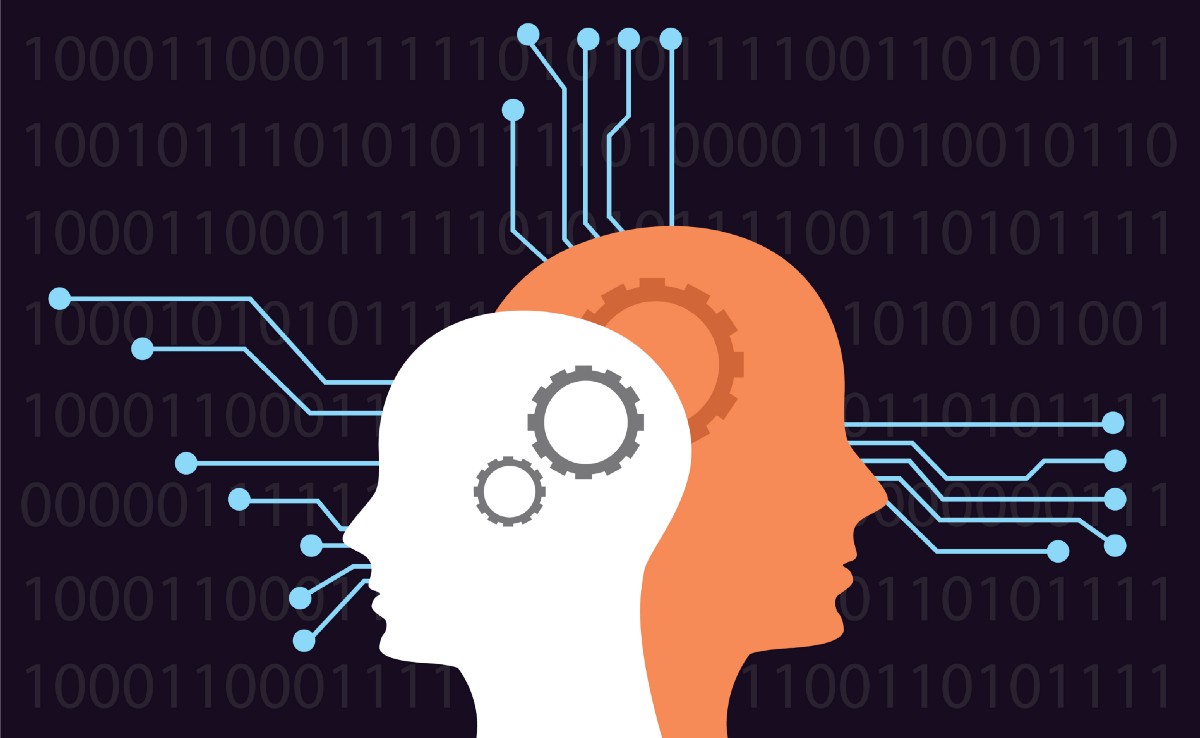
We’re all prone to biases like these, especially when we’re tired, stressed, or multitasking. Consider a CEO negotiating a merger while also dealing with pressure from lawyers to close a plant and colleagues to manage layoffs. We’re far from decision-ready in situations like this—we’re cognitively, emotionally, and physically exhausted. We cope by relying even more on gut instincts and System 1 judgments and less on logical reasoning. Decision-making becomes quicker and easier, but the quality falls as a result.
Our biases are as much a part of us as the memories and events that shaped them. They cannot be removed, but they can be identified and changed. We can develop objective opinions and make more sensible decisions by becoming actively aware of our biases and practicing these strategies:
- Diversify your team. It will help shed light on different experiences, values, opinions, and goals. You can avoid the pitfalls of typical cognitive biases by forming a team like this. Members of the team will challenge one another’s worldviews, resulting in new and successful business methods.
- Train yourself to think in a specific way. You can shape your brain to the point where you can think differently and eventually overcome your biases.
- Awareness is the first step in mastering your biases. It’s critical to periodically reflect on your decisions and criticize yourself nicely and honestly after you’ve become aware of them.
Educating leaders is perhaps the most critical step in reducing biases. It’s critical for leaders to understand how biases manifest themselves in the actual world vs the classic psychological experiments most people are familiar with. They should be able to recognize simple signals and have the language at their fingertips to respectfully call out biases in action while fostering a safe debating space.
Biases can function without our knowledge and we hardly realize it. We have the mental fortitude to intentionally prevent them from infiltrating our work. We’re only a few self-reflective seconds away from a sensible and objective viewpoint.
https://blog.trello.com/7-overlooked-biases-that-creep-into-your-work-and-undermine-its-success
https://hbr.org/2015/05/outsmart-your-own-biases
https://axiomcp.com/idea/how-biases-negatively-impact-your-strategic-planning-process/
https://psychology-spot.com/wp-content/uploads/2019/05/self-centered-bias.jpg
https://i.ytimg.com/vi/bpf18AoZNug/maxresdefault.jpg
https://miro.medium.com/max/1024/1*rJCO-2l1twzEcJJzLBvz1A.jpeg
https://www.ionos.com/digitalguide/fileadmin/DigitalGuide/Teaser/bandwagon-effekt-t.jpg
https://miro.medium.com/max/1400/0*zS6i2XCLXJj61t8A
https://miro.medium.com/max/1200/1*xDl0Lmz-czRh4JH67R6cXQ.jpeg
Written By: Jimmy Jain
Edited By: Afreen Fatima
Society of Design Thinking Professionals

